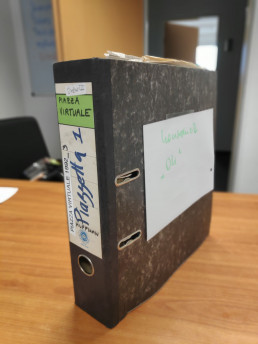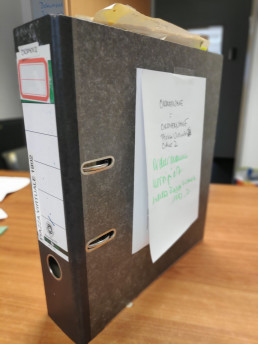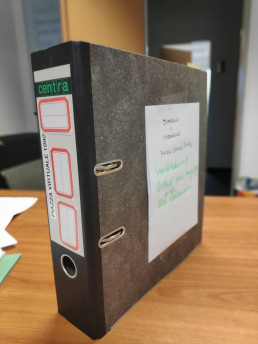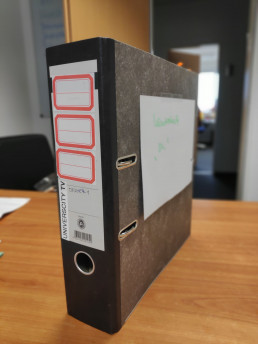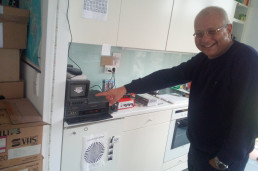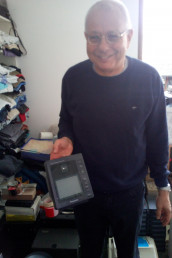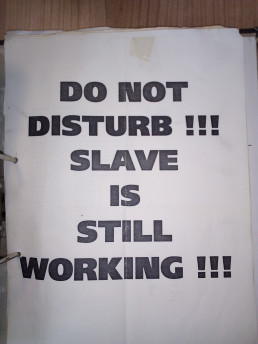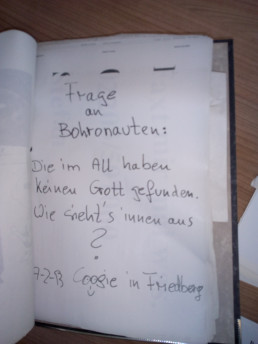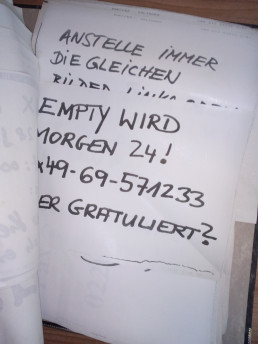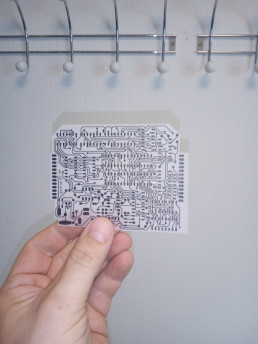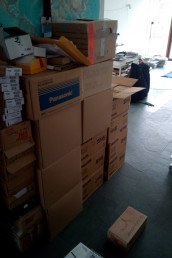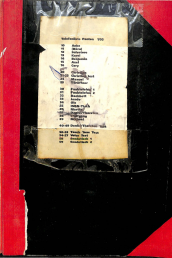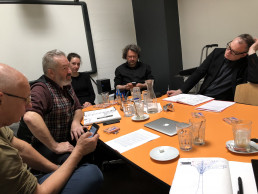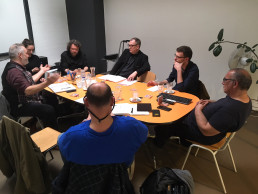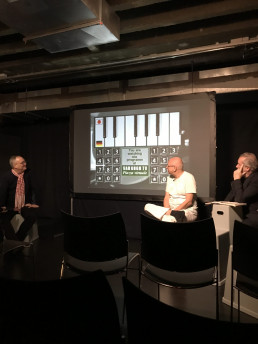Research
File folders of Van Gogh TV, ready to be digitized
The basis for the research published here was a huge corpus of extraordinarily diverse source materials. This initially included 569 analog and digital videos in a wide variety of formats, from common formats such as VHS and Beta to Umatic and Hi8 to rare formats such as MII. These tapes first had to be digitized so that we could work with them at all. The broadcast recordings alone were more than 700 hours long.
In addition, we had nearly 50 folders of correspondence and other sources that also had to be digitized and analyzed. Furthermore, we interviewed almost 40 participants of the project, partly by telephone or during videoconferences, but also partly during face-to-face interviews, for which we made about a dozen research trips through Germany and Europe. We also visited archives such as that of the documenta in Kassel, the Center for Art and Media Technology (ZKM) in Karlsruhe, and the library of the Academy of Art and Media in Cologne.
Furthermore, we held a workshop at the University of Applied Sciences in Mainz and one at the University of Bonn, where members of Van Gogh TV met with academics and researchers to engage in a dialogue about “Piazza virtuale”.
The approach we decided to take, given these volumes of material and its diversity, is described in more detail in a paper for the International Journal for Digital Art History, linked below. As a document of this elaborate, but also extraordinarily satisfying research and archival work, here are some photos taken during our research activities.
Van Gogh TV’s “Piazza virtuale” – Report-In-Progress and Preliminary Case study, published in International Journal for Digital Art History Nr. 5, 2020/2021, p. 3-12
